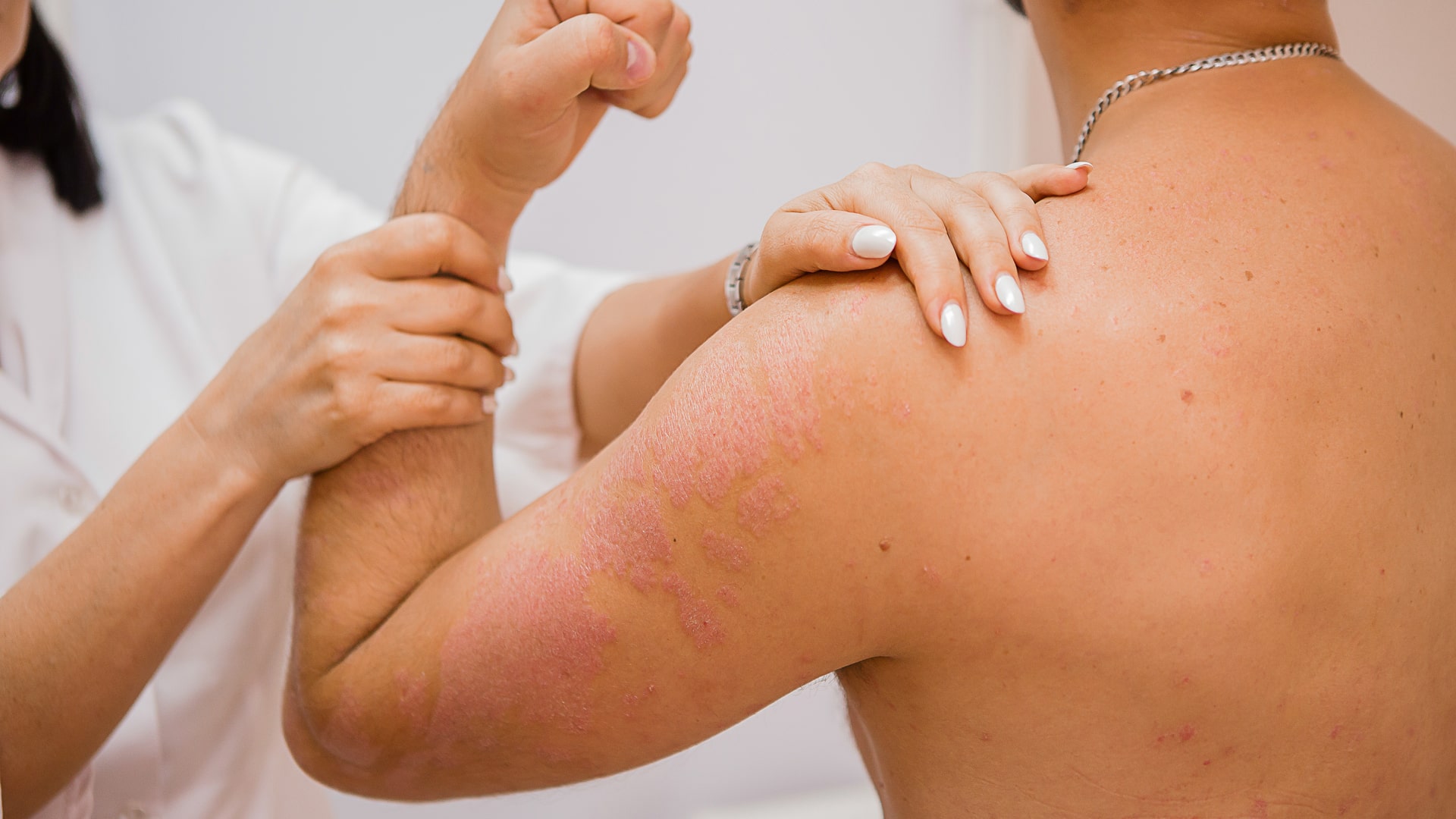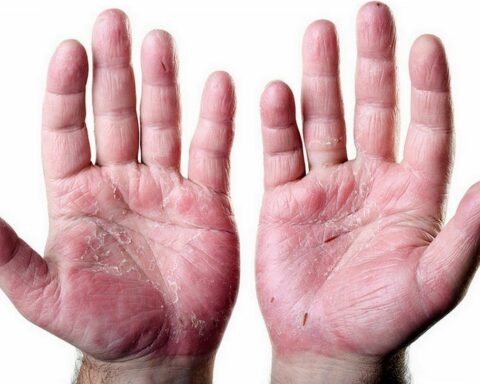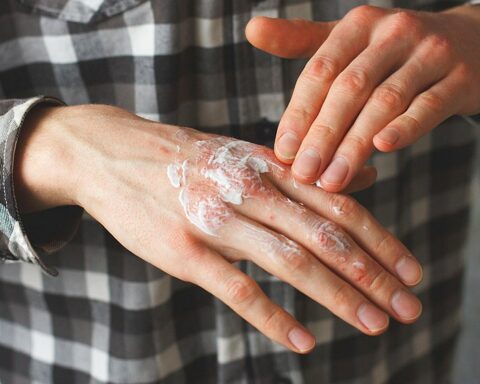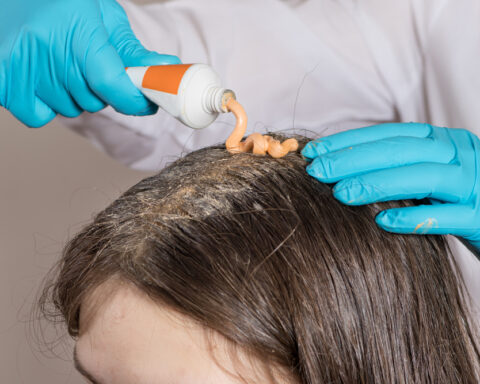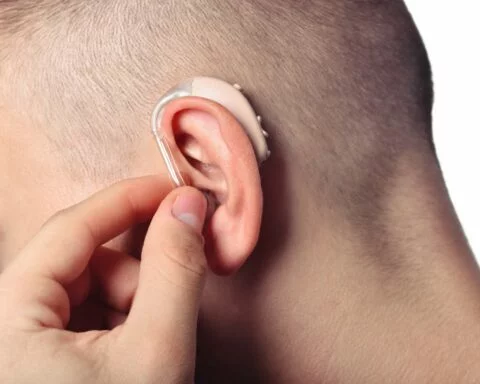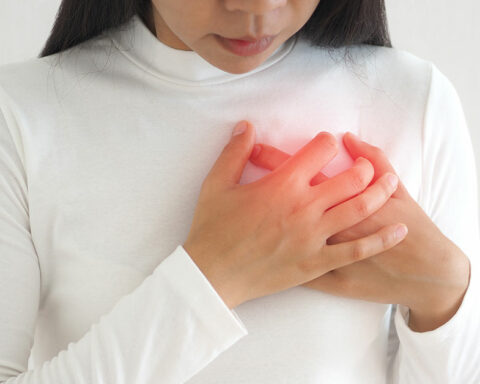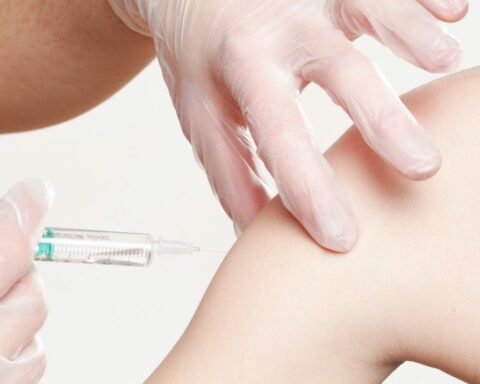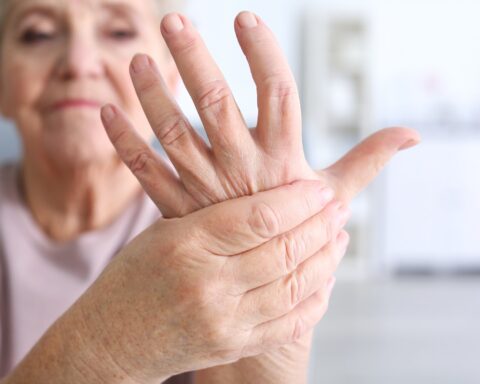Psoriasis is a chronic autoimmune skin condition that affects more than 125 million people worldwide. Psoriasis can occur anywhere on the body, but it commonly affects areas like the scalp, knees, and elbows. In this guide, we will focus on psoriasis on the elbows, including what it is, its causes, symptoms, diagnosis, treatment, and prevention.
What is psoriasis on the elbows?
Psoriasis on the elbows is a skin condition that occurs when the immune system mistakenly attacks healthy skin cells. This attack causes the skin cells to multiply rapidly, which leads to the formation of thick, scaly patches on the elbows. Psoriasis on the elbows can range from mild to severe and can cause discomfort, pain, and itching.
What causes psoriasis on the elbows?
The exact cause of psoriasis is not fully understood, but it is believed to be a combination of genetic and environmental factors. In people with psoriasis, the immune system attacks healthy skin cells, causing inflammation and an overproduction of new skin cells. This process leads to the formation of psoriasis patches.
Certain triggers can also worsen psoriasis on the elbows, including:
Stress: Stress can trigger or worsen psoriasis symptoms. Stress-relieving activities like exercise and meditation may help reduce symptoms.
Infections: Infections like strep throat and skin infections can trigger or worsen psoriasis symptoms.
Skin injuries: Injuries to the skin, including cuts, scrapes, and burns, can trigger or worsen psoriasis symptoms.
Medications: Certain medications like lithium, beta-blockers, and antimalarials can trigger or worsen psoriasis symptoms.
What are the symptoms of psoriasis on the elbows?
The symptoms of psoriasis on the elbows can vary from person to person and can range from mild to severe. Common symptoms include:
Thick, scaly patches of skin on the elbows
Redness and inflammation
Itching and burning
Dry, cracked skin
Pain and discomfort
Bleeding or oozing
How is psoriasis on the elbows diagnosed?
A dermatologist can diagnose psoriasis on the elbows through a physical exam of the affected skin. The dermatologist may also ask about your medical history and any family history of psoriasis.
In some cases, a skin biopsy may be necessary to confirm the diagnosis. During a skin biopsy, a small sample of skin is removed and examined under a microscope to confirm the presence of psoriasis.
How is psoriasis on the elbows treated?
There is no cure for psoriasis, but several treatments can help manage symptoms and improve quality of life. The treatment options for psoriasis on the elbows depend on the severity of symptoms and may include:
Topical medications: Topical medications like corticosteroids, retinoids, and vitamin D analogs can help reduce inflammation and slow down the growth of skin cells. These medications are applied directly to the affected skin and are often the first-line treatment for mild to moderate psoriasis on the elbows.
Phototherapy: Phototherapy, also known as light therapy, involves exposing the skin to ultraviolet light to slow down the growth of skin cells. Phototherapy can be an effective treatment for moderate to severe psoriasis on the elbows, but it requires regular visits to a dermatologist.
Systemic medications: Systemic medications like methotrexate, cyclosporine, and biologics are taken orally or by injection and work throughout the body to reduce inflammation and slow down the growth of skin cells. These medications are often reserved for people with severe psoriasis on the elbows who have not responded to other treatments.
Alternative therapies: Alternative therapies like acupuncture, massage, and herbal remedies may help reduce stress and improve overall well-being.
- THCa Flower by Perfect Plant Markey - September 21, 2023
- Arches Audio Shares Their Secrets For Starting A Successful Podcast - July 7, 2023
- LookHealthyStore – The First Chinese Cosmetics Website - June 10, 2023

